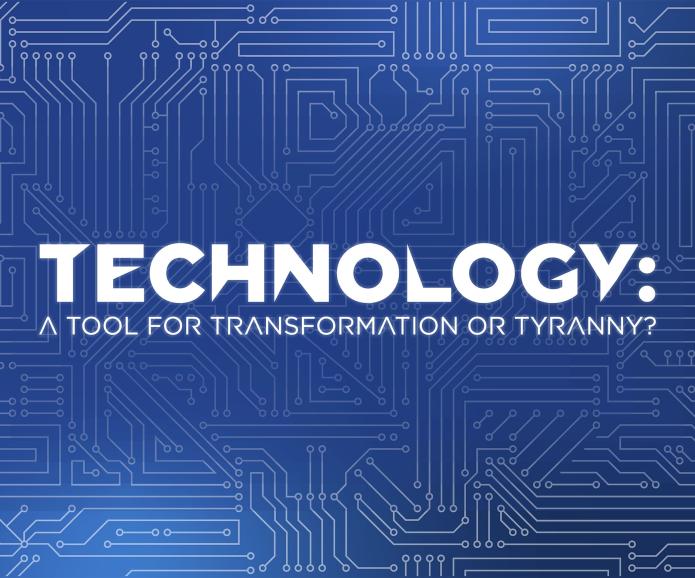
AAFS 2025

Empowering Forensic Science: How Technology, Building Intelligence, and Human-Centered Design Can Revolutionize the Forensic Workplace
Pre-Registration Only
A new generation of predominantly female forensic scientists is revolutionizing the field, demanding state-of-the-art facilities/systems that support their important work and minimize physical strain. The integration of advanced technologies and intelligent building systems represents a crucial shift toward enhancing case load processing, minimizing work-related injuries, and improving security within forensic environments. This presentation will highlight how cutting-edge automated systems, such as real-time tracking technologies with RFID and intelligent sensors, play a vital role in monitoring evidence, managing critical supplies, and ensuring the safety of staff, visitors, and occupants.
Speakers
Jinhee Lee, March
Ken Mohr, BS
Scott Morgan, BS
- Thursday, February 20
- 11:30 am - 1:00 pm
- $85
Program Description
Global case studies from Asia and the Middle East illustrate the successful application of automated waste management, delivery systems, and Automated Guided Vehicles (AGVs) in addressing staff shortages and reducing physical strain. Notably, 95% of newly built hospitals in the United States now use Tissue Sample Movement Pneumatic Tube Systems, which enhance sample transport efficiency. Medical Examiner's Offices (MEOs) benefit from automated racking systems that increase storage capacity while reducing physical strain on staff, and Automated Mobile Robots (AMRs) streamline the handling of hazardous samples, thereby optimizing case load processing.
By embracing these advancements, forensic facilities can significantly improve operational efficiency, minimize manual labor, and better support a predominantly female workforce.
These technological innovations offer strategic solutions to counteract the projected shortage of over 30,000 forensic analysts in the United States. This session will provide critical insights, using real world examples and data, into how these technologies enhance the quality of life for forensic staff and set new benchmarks for industry best practices.
Educational Objectives
This session will explore how advanced technologies and intelligent building systems can support staff and transform their forensic environments by optimizing case load processing and reducing physical strain, while ensuring a secure and healthy work environment. Attendees will learn to implement Automated Guided Vehicles (AGVs), automated gurneys, RFID Tracking Systems, and Environmental Controls to enhance security, chain of custody, and indoor air quality. Through a data-driven review of global case studies, participants will see how these technologies improve safety, functionality, and efficiency in forensic facilities. By the end, attendees will have a clear understanding of how these technologies can drive measurable improvements in forensic outcomes today and into the future.
Impact Statement
A new generation of predominantly female forensic scientists is revolutionizing the field, demanding state-of-the-art facilities and systems that support their important work and minimize physical strain. Attendees will learn that by incorporating cutting-edge technology and optimizing case load processing, forensic facilities can not only ensure a healthier and safer working environment by reducing workplace injuries but can directly contribute to significant percentage gains in productivity and case load management. Attendees will leave the presentation with the knowledge needed to catalyze change at their facilities, armed with data proving that labs that embrace innovative technology, automation, and human-centered design are better equipped to meet the challenges created by the global demand for forensic science while mitigating the projected shortage of 30,000 analysts in the United States.